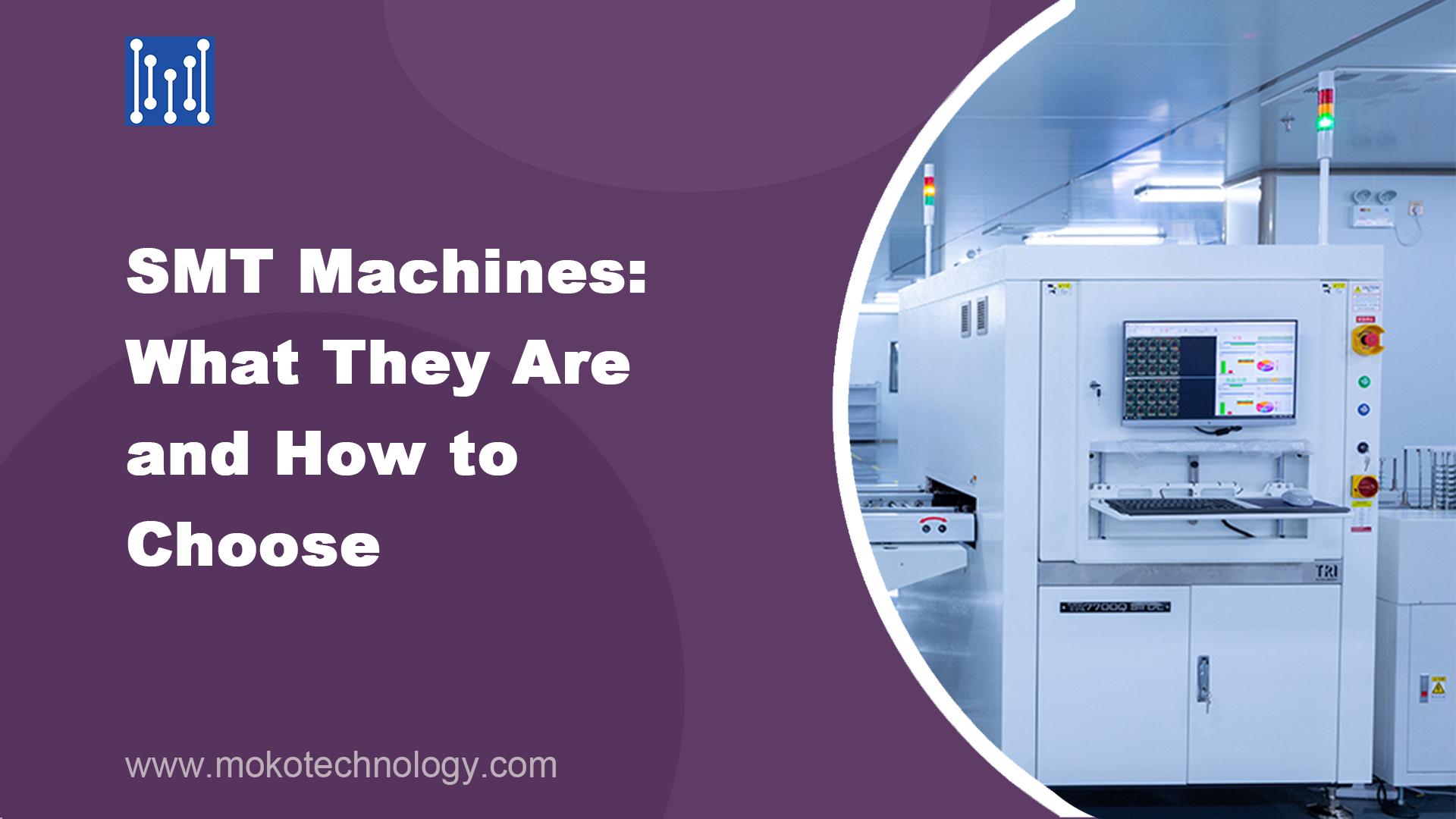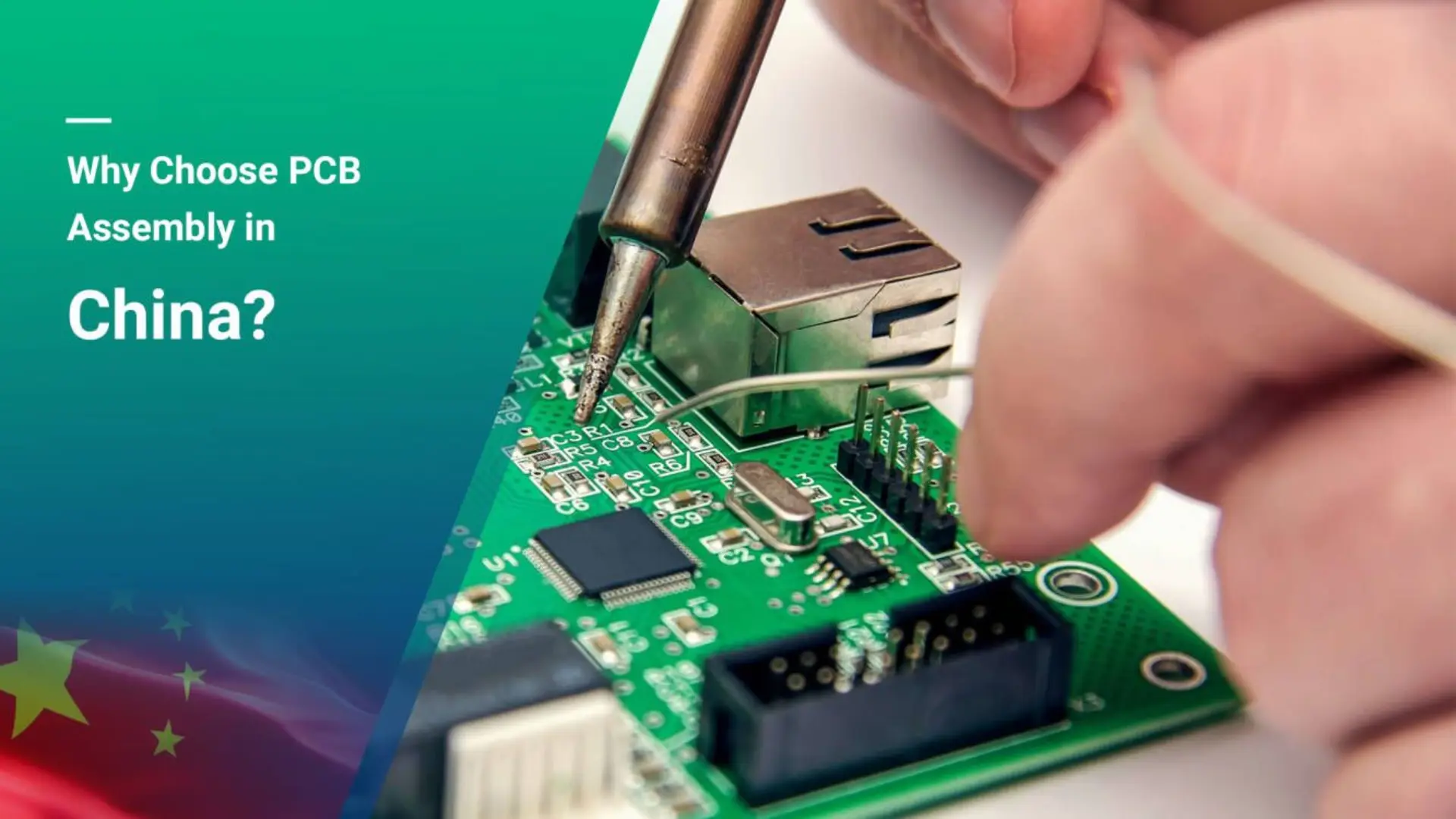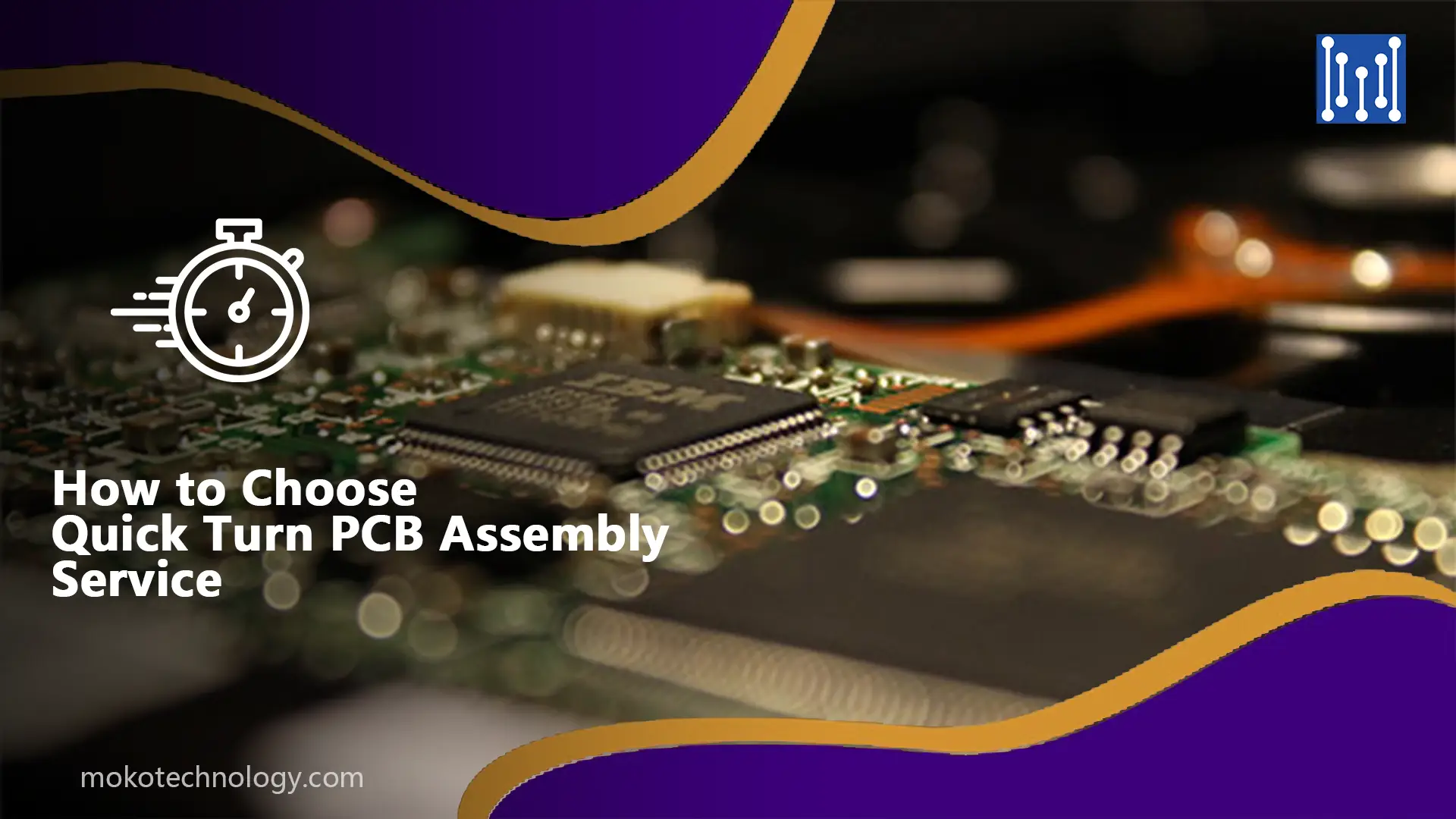Since, when in storage, the PCB does not operate, you can use the Storage Temperature range: -65…+125°C range though.
Last but not least, there only needs to be one component with a smaller Temperature Range and the complete PCB will then also have this smaller Storage Temperature range.
| Smaller Storage Temperature Range | Larger Storage Temperature Range |
| batteries, (electrolytic) capacitors and (LCD) displays | resistors, ceramic capacitors, connectors, semiconductors (chips, transistors) |
#PCB Assembly



